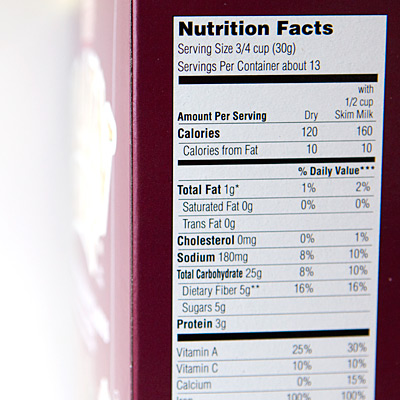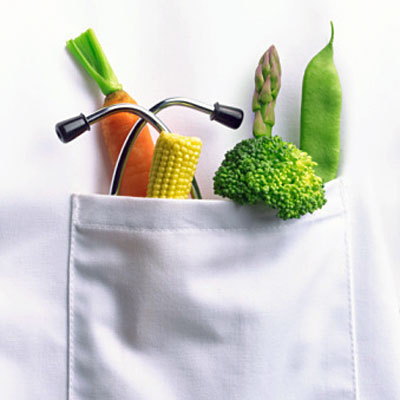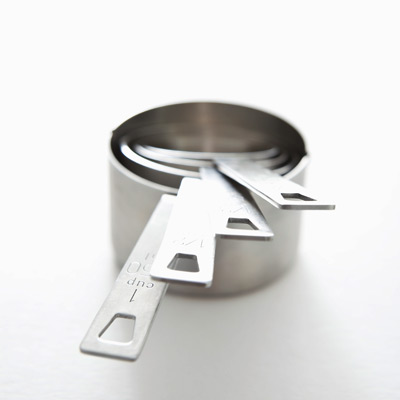Carbohydrates are sugar-based molecules found in many foods, from cookies to cantaloupes.
If you have diabetes, planning your carb intake—and sticking to the plan—is critical to keep blood sugar on an even keel and to cut your risk of diabetes-related problems like heart disease and stroke.
Whether or not you have diabetes, you should aim to get about half your calories from complex carbohydrates (which are high in fiber), 20-25% from protein, and no more than 30% from fat, says Lalita Kaul, PhD, RD, a spokesperson for the American Dietetic Association.
How to read a food label
The Nutrition Facts label lists the total amount of carbohydrates per serving, including carbs from fiber, sugar, and sugar alcohols. (If you're counting carbs in your diet, be aware that 15 grams of carbohydrates count as one serving.)Sugar alcohols are often used in sugar-free foods, although they still deliver calories and carbs. Sugar alcohols and fiber don't affect blood sugar as much as other carbs, because they're not completely absorbed.
If food contains sugar alcohol or 5 or more grams of fiber, you can subtract half of the grams of these ingredients from the number of total carbs. (See more details at the American Diabetes Association and University of California, San Francisco.)
How many carbs per day?
If you eat 2,000 calories a day, you should consume about 250 grams of complex carbohydrates per day.A good starting place for people with diabetes is to have roughly 45 to 60 grams of carbs per meal and 15 to 30 grams for snacks. While snacks are key for people with diabetes who use insulin or pills that increase insulin production (otherwise, they run the risk of low blood sugar), they aren’t essential for non-insulin users.
The goal for anyone with diabetes, whether or not they use insulin, is to keep their blood sugar as steady as possible and to maximize their intake of nutritious carbs and minimize consumption of less healthy ones.
Fine-tune your intake
You may need to work with a nutritionist or diabetes educator to fine-tune your carb requirements, based on your activity level, whether you want to lose weight, and whether or not you use insulin.Checking your blood sugar before and after meals is also important as you test-drive your carb-counting plan. If certain foods—like fruit juice or pasta—cause your blood sugar to spike, you’ll need to consume these in smaller portions.
Here’s a rough guide to figuring out the amount of carbs that can be found in 10 everyday foods. Get your measuring cup and scale ready!





No comments:
Post a Comment